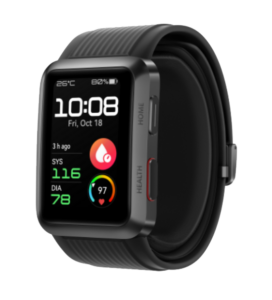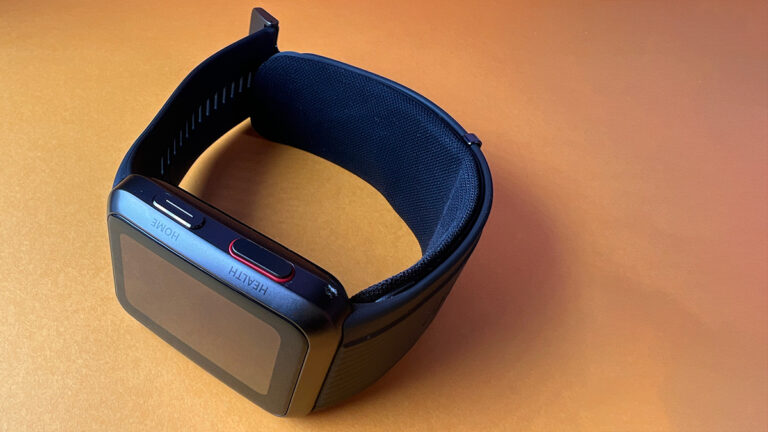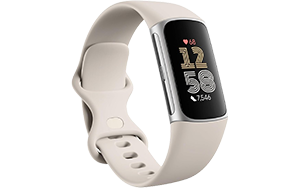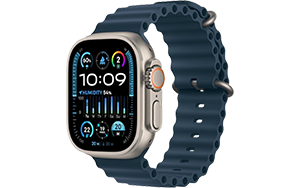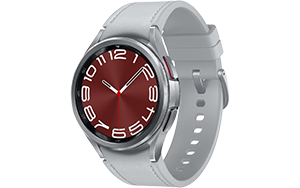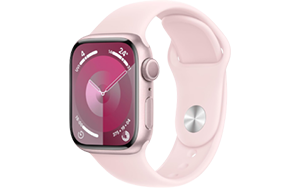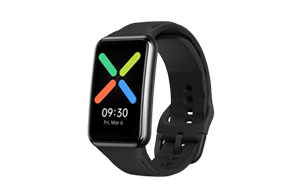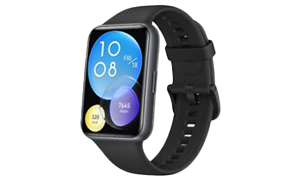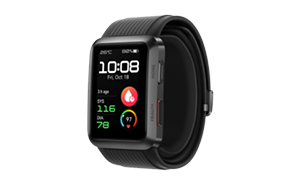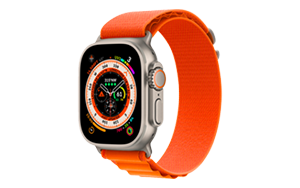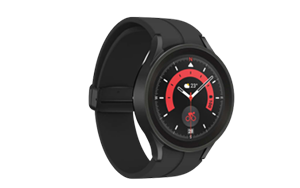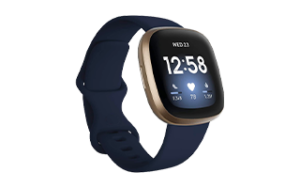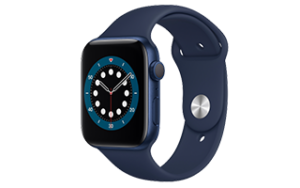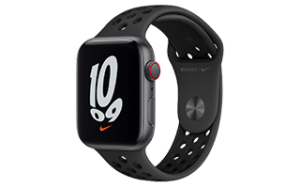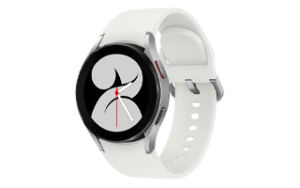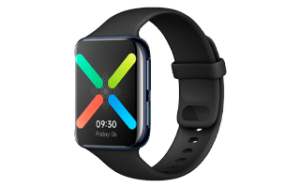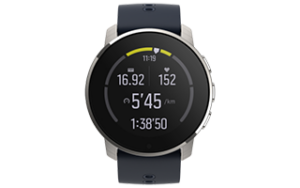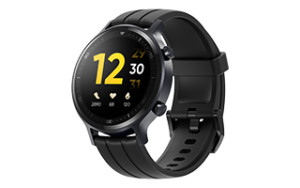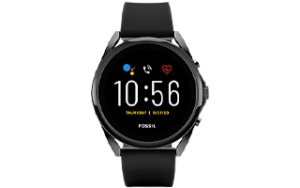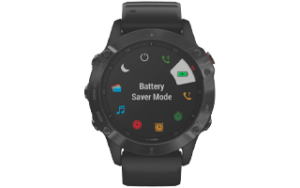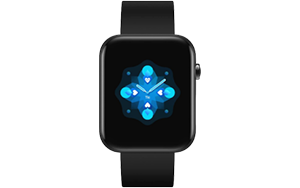Testing the first commercially available smartwatch in Australia that can take your blood pressure, I was sure I was about to uncover something medically wrong with me.
Huawei Watch D review: Apparently my blood pressure is fine
Testing the first commercially available smartwatch in Australia that can take your blood pressure, I was sure I was about to uncover something medically wrong with me. But what kind of journalist would I be if I didn’t pimp out my own well being for the sake of content? Strapping the imposing Huawei Watch D to my wrist my heart rate quickened, and in my head I heard a William Wallacesque cry, “for content!”
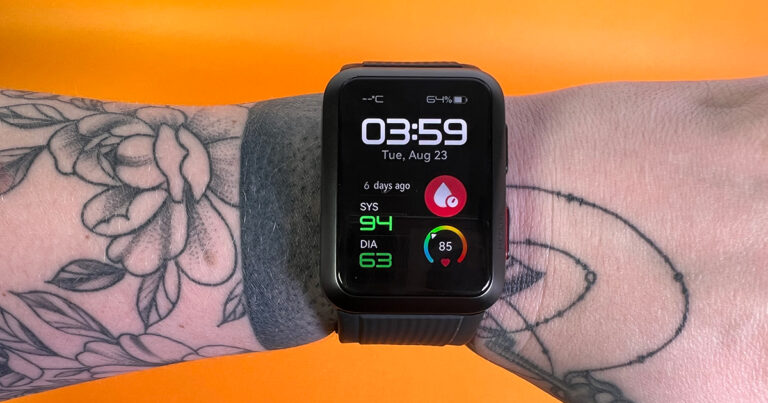
How much does Huawei Watch D cost in Australia?
While the RRP of the Huawei Watch D is excrutiatingly high at $799, recent discounts see it sitting at around $500 depending on the retailer.
Considering that you can get a BP monitor for under $100, it is an expensive option but factoring in the smartwatch features $500 is far more reasonable.
So as to not elevate yours while waiting to find out, my blood pressure is indeed perfectly healthy. As much as “The Huawei Watch D saved my life” would have been an amazing headline, the blood pressure measurement capabilities have repeatedly thwarted that angle.
Despite the device including all of the features we’ve come to appreciate in Huawei smartwatches, this isn’t a device for most people. Those looking at this watch most likely have an underlying health condition that requires consistent blood pressure monitoring. If that’s you, then this may well be a better alternative to carrying around a blood pressure monitor.
According to Huawei, the Watch D has a margin of error within ±3 mm Hg, which is in line with the Association of Medical Instrumentation standards. This is the same margin of error as other at-home blood pressure monitoring systems, although Huawei does note that the data you get from these measurements is for reference only. In other words, like a lot of other commercially available sources (Web MD), you shouldn’t use it to diagnose yourself. See a real-life doctor.
The measurement process takes around a minute to complete. You’ll need to sit still, with both feet on the floor and put the watch around the same height as your heart - putting your hand gently on your opposite shoulder does the trick. As it measures you’ll feel the usual pressure of the airbag inflating, and subsequently releasing around your wrist. Once the test is done you’ll get your SYS, DIA, and Pulse readings alongside a handy traffic-light type scale. All of this is stored on your wrist, and on your phone to check back on when you need to. Done. Easy.
Considering the ease of use I could see this as a good option for the less technologically savvy user that needs to keep an eye on their blood pressure. You can navigate to the test using a dedicated ‘Health’ button on the side of the watch, and set up reminders to keep your testing consistent. I’m sure I could explain how to do this to my grandmother, and we don’t even speak the same language.
For those willing to wear a watch each day, it certainly removes barriers to testing. No need to remember another device when you leave the house, or somewhere to write down your notes. All you need is somewhere to sit down for a few minutes.
Huawei Watch D: Battery life
While I can’t credit the Watch D with my own longevity, the battery life does deserve some.
In our testing, the device tracked toward the seven-day battery claim made by Huawei, which is less than other Huawei devices but significantly more than other smartwatches. Apple and Samsung Watches tend to get around a day and a half per charge for comparison.
Huawei Watch D: Health tracking
As well as tracking how your blood pumps, the Watch D lets you track the things that get it pumping.
Equipped with over 70 workout modes, the tracking and monitoring works just as well on the Watch D as it does on other Huawei devices. Heart rate and exertion are consistent across the device and competitors, although Huawei’s calorie tracking is around 20-30% lower than other manufacturers. This is due to the tracking during a workout only accounting for your Active calories - the extra ones you burn with the increase in heart rate etc. Other devices, such as the Apple Watch track these, and the calories you burn simply by existing at the same time which accounts for the extra 20-30%.
Calories out shouldn’t be the be-all and end-all when you’re judging your workouts, but if you’re into that sort of thing don’t be shocked by the lower number.
Unlike other Huawei watches, the Watch D is cumbersome during workouts. Its domineering design is entirely necessary for the purposes of taking blood pressure, but the thought of wearing it day-to-day without the need to check my blood pressure makes my wrist feel heavy.
Here is how it compares to the 40mm Apple Watch.
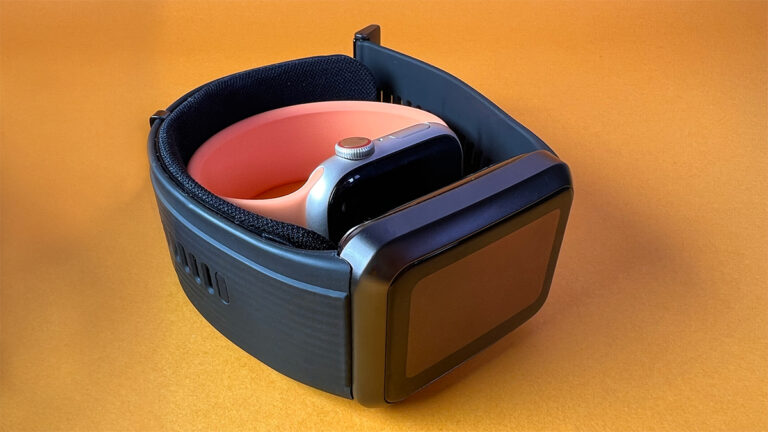
The sheer size of the watch reiterates that this is not a fitness watch first and foremost. As far as I’m concerned, it is an on-wrist blood pressure monitor that has additional smartwatch features, although I’m sure Huawei would disagree with me. Which is fair enough - liability and all that.
Apart from the usual fitness tracking, the Watch D can also monitor heart rate, sleep, and SP02 along with other wellbeing aspects in the accompanying app.
Is the Huawei Watch D worth buying?
Huawei’s Watch D is the most interesting smartwatch that I have tested this year, but interesting doesn’t mean that just anyone should buy it.
Despite having Huawei’s standout battery life, and display, the Watch D is far too burdensome to recommend for someone just looking for a smartwatch. It is clear that Huawei had to make design compromises to allow blood pressure monitoring, and they’ve proven to be too drastic to make it a daily driver unless you really need it.
If you’re looking for a portable way to keep tabs on your blood pressure, that happens to double as a smartwatch then this could kill two birds with one stone. On the other hand, if you just want a good smartwatch then there are plenty more to choose from.
Related Articles




